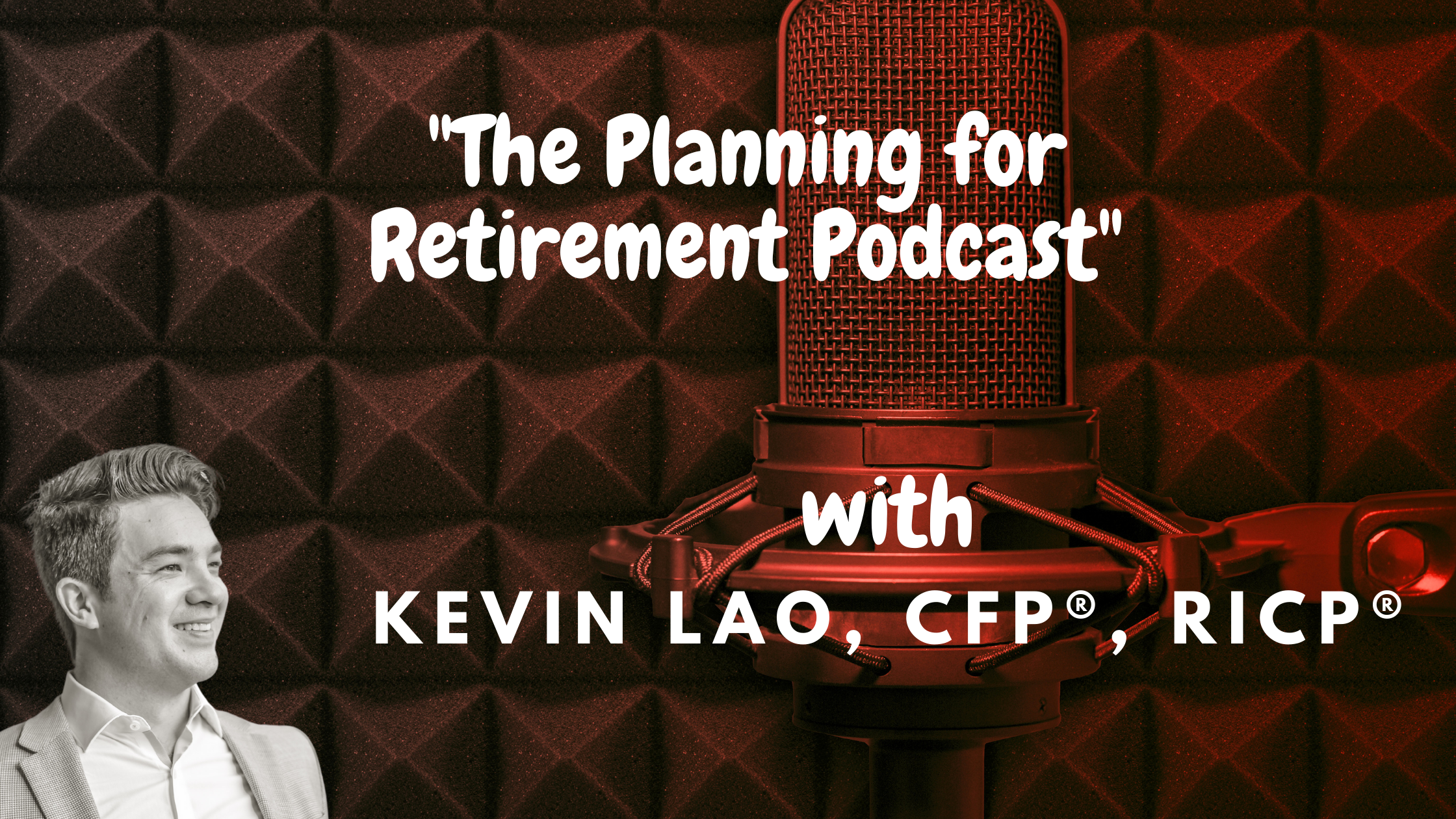Ep. 69: 14 Ways to Protect Your Retirement from a Bear Market
No, I’m not saying a Bear Market is certain. Nobody has a crystal ball. However, the markets are volatile right now, and it’s a great reminder that the market doesn’t operate on a straight line upwards. It has bumps along the road. And that is a GOOD thing! If there was no risk, there would be no opportunity for gains!
However, it’s important to begin preparing before you enter a bear market, or worse, a recession.
In this episode, I’ll discuss 14 Retirement Planning moves to help you prepare for the NEXT bear market. Because it’s not a function of “if,” but “when.”
As always, everyone’s situation is unique, so please consult with your own advisors before making any changes! This is for educational purposes only.
I hope you find it helpful.
-Kevin
Are you interested in working with me 1 on 1?
Click this link to fill out our Retirement Readiness Questionnaire
Connect with me here:
- Facebook
Or, visit my website
This is for general education purposes only and should not be considered as tax, legal or investment advice.

